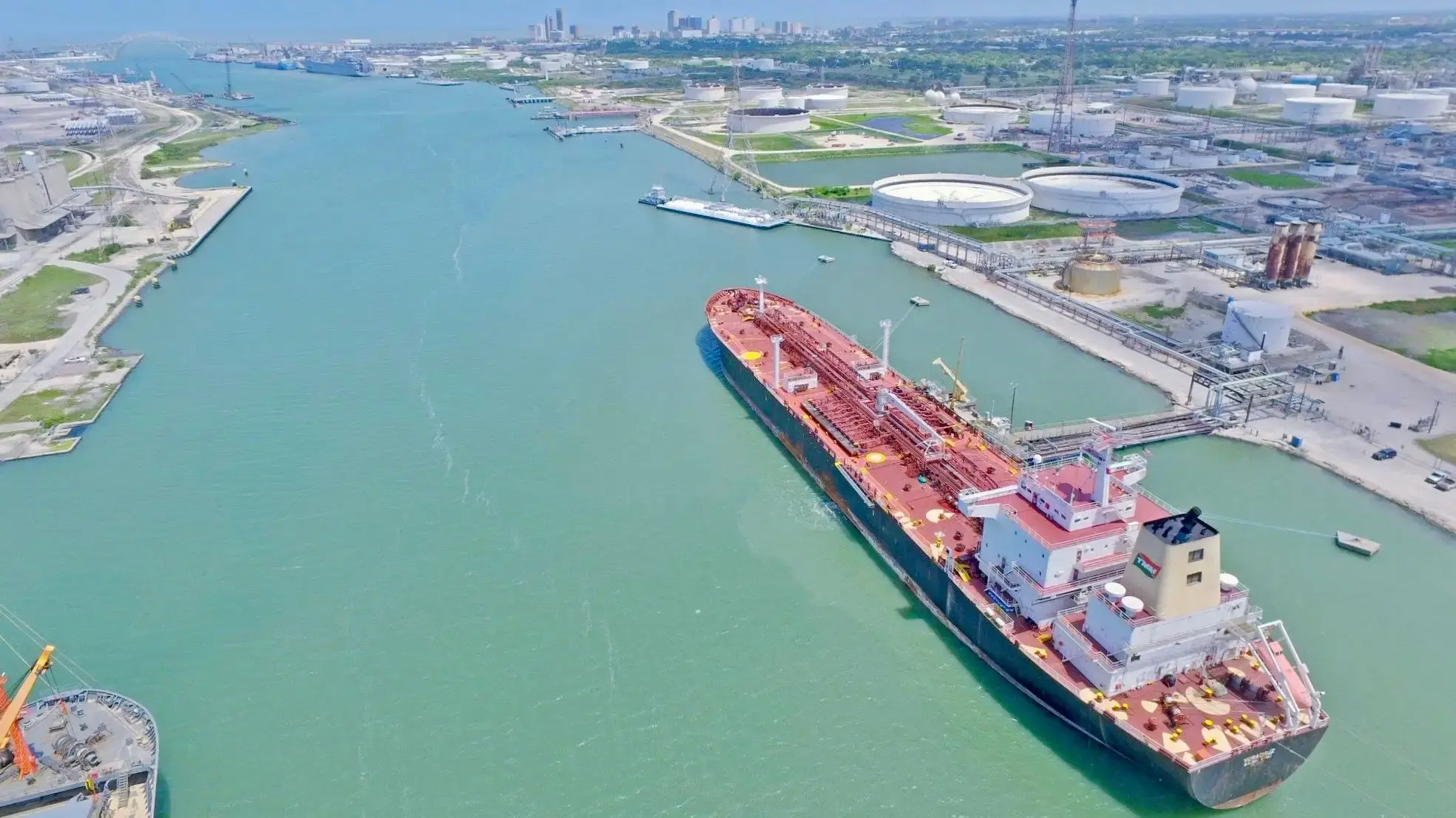
NEWS
What are the Major Ports on the U.S. Gulf Coast?
The Gulf Coast of the United States is a vital region for maritime trade, hosting several major ports that serve as crucial hubs for international commerce. These ports handle various goods, including petroleum, grain, steel, automobiles, and containerized goods. In this article, we will explore the major ports on the U.S. Gulf Coast, their significance, and their impact on the economy.
Port of Houston, Texas
The Port of Houston is the busiest in the United States in terms of foreign tonnage and the largest Gulf Coast container facility. Established in 1914, the port covers an area of 52 miles along the Houston Ship Channel. It handles over 280 million metric tons of cargo annually, including petroleum products, chemicals, and containerized goods. The port's extensive infrastructure includes nine public terminals, two container terminals, and five general cargo operation terminals. The Port of Houston is a critical economic engine, supporting over 1.54 million jobs in Texas and generating $906 billion in nationwide economic value.
Port of South Louisiana, Louisiana
The Port of South Louisiana is another major port on the Gulf Coast, ranking second in the United States for overall cargo tonnage. Located along the Mississippi River, the port spans 54 miles and handles 60% of all grain cargo in the Midwest. The port's facilities include multiple terminals for bulk, breakbulk, and containerized cargo. It plays a significant role in the regional economy, supporting thousands of jobs and facilitating the export of agricultural products, chemicals, and petroleum.
Port of Corpus Christi, Texas
The Port of Corpus Christi is the third-largest port in the United States by cargo tonnage. It handles over 150 million metric tons of cargo annually, including crude oil, petroleum products, and chemicals. The port's strategic location on the Gulf of Mexico makes it a key hub for energy exports, particularly crude oil and liquefied natural gas. The Port of Corpus Christi is also a major player in the renewable energy sector, supporting the export of wind turbine components and other green technologies.
Port of New Orleans, Louisiana
The Port of New Orleans is a historic port that has been vital to the U.S. maritime industry for centuries. It handles over 81 million metric tons of cargo annually, including containerized goods, petroleum products, and agricultural commodities. The port's facilities include multiple terminals for container, breakbulk, and bulk cargo. The Port of New Orleans is a key gateway for international trade, connecting the U.S. heartland to global markets via the Mississippi River.
Port of Mobile, Alabama
The Port of Mobile is a major port on the Gulf Coast, handling over 53 million metric tons of cargo annually. It is a key hub for the export of coal, petroleum products, and forest products. The port's facilities include container, bulk, and general cargo terminals. The Port of Mobile is strategically located to serve the southeastern United States, providing efficient access to global markets.
Port of Beaumont, Texas
The Port of Beaumont is another significant port on the Gulf Coast, handling over 70 million MT of cargo annually. It is an important hub for the export of military equipment, petroleum products, and chemicals. The port's facilities include multiple terminals for bulk, breakbulk, and containerized cargo. The Port of Beaumont is crucial in supporting the U.S. military and energy sectors.
Port of Greater Baton Rouge, Louisiana
The Port of Greater Baton Rouge handles over 71 million metric tons of cargo annually, including petroleum products, chemicals, and agricultural commodities. The port's facilities include bulk, breakbulk, and container terminals. The Port of Greater Baton Rouge is strategically located to serve the central United States, providing efficient access to global markets via the Mississippi River.
Conclusion
The major ports on the U.S. Gulf Coast are vital to the nation's economy, facilitating the efficient movement of goods and supporting millions of jobs. These ports handle a diverse range of cargo, including petroleum products, chemicals, agricultural commodities, and containerized goods. Their strategic locations and extensive infrastructure make them key hubs for international trade, connecting the U.S. heartland to global markets.
FAQ
Which ports are considered the “major” Gulf Coast ports?
The article highlights Port of Houston (TX), Port of South Louisiana (LA), Port of Corpus Christi (TX), Port of New Orleans (LA), Port of Mobile (AL), Port of Beaumont (TX), and Port of Greater Baton Rouge (LA).
Which Gulf Coast port is the biggest and by what measure?
Port of Houston is described as the busiest U.S. port by foreign tonnage and the largest Gulf Coast container facility; South Louisiana and Corpus Christi also rank at the top by overall cargo tonnage.
What types of cargo do these ports handle?
Collectively they move petroleum and chemicals (Houston, Corpus Christi, Beaumont), grain and other agricultural exports (South Louisiana, Baton Rouge, New Orleans), containers (Houston, New Orleans, Mobile), and breakbulk/forest products (Mobile).
How do the Mississippi River and inland connections influence port choice?
Ports along the river—South Louisiana, New Orleans, and Greater Baton Rouge—serve as gateways between inland U.S. producers and global markets, especially for grain, chemicals, and petroleum. If your cargo originates in the heartland, these river-connected ports often reduce overland transit.

